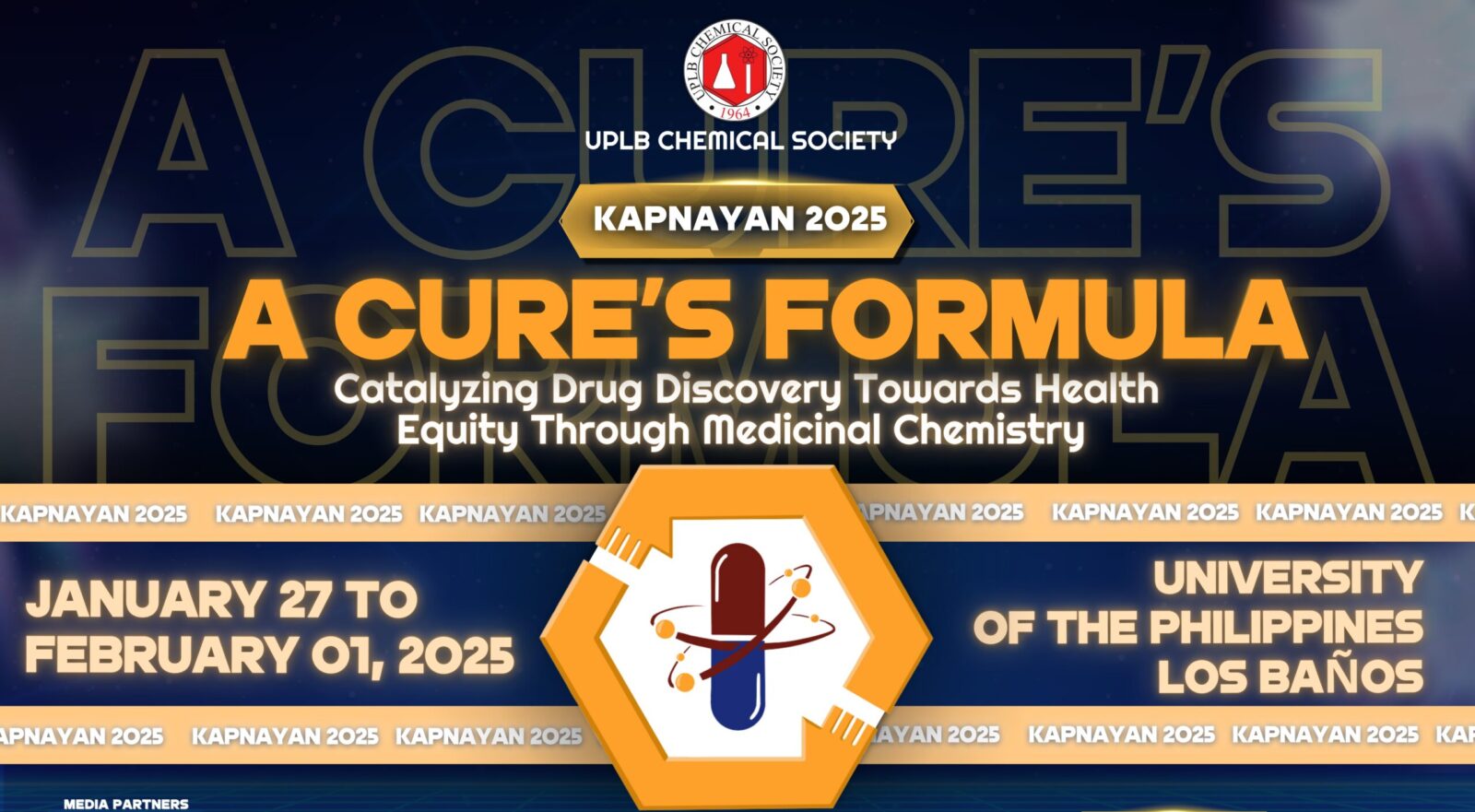•The Department of Science and Technology (DOST) and Ateneo de Manila University (ADMU) launched a smart groundwater monitoring station in Iloilo City.
•The station uses various sensors, data logging, and telemetry equipment to measure water quantity and quality in its designated area.
•This undertaking is part of a government-funded initiative for groundwater management and monitoring for water-critical cities in the Philippines.
In partnership with the Department of Science and Technology (DOST), researchers from Ateneo de Manila University (ADMU) set up a smart groundwater monitoring station in Iloilo City—one of the Philippines’ identified “water-critical” cities—last February 10.
A ‘smart’ groundwater monitoring facility
According to the National Water Resources Board (NWRB), Iloilo is one of the key areas in the country that require immediate rehabilitation with regard to groundwater extraction. Currently, Iloilo has already been tapping 93 percent of its groundwater supply, and is at risk of experience a supply shortage in the near future. As early as 1998, Iloilo had already been identified by the Japan International Cooperation Agency (JICA) as a critical Philippine city for water management.
Funded by the NWRB and the DOST-Philippine Council for Industry, Energy and Emerging Technology Research and Development (DOST-PCIEERD), the team established a groundwater management plan and monitoring system for Iloilo, Zamboanga, and other water-critical cities in the country.
Each of these facilities utilizes advanced sensors, data-logging, and telemetry equipment to gather updated data on water quality and quantity. At present, there are four monitoring stations in Zamboanga City, four in Iloilo, and 10 in Metro Manila, Cagayan de Oro, and Bukidnon, with eight more sensors to be installed in other areas this year.
According to DOST Secretary Fortunato de la Peña, these facilities can make “automated and real-time monitoring of groundwater reservoirs” possible.

Better data, better decisions
The NWRB will use the gathered data to implement better groundwater reservoir management measures. The data is accessible via both the ThingSpeak mobile application and the official web portal.
The platform service uses Internet of Things (IoT) analytics to “provide instant and advanced data analysis—bringing daily effective management of groundwater reservoirs at each Filipino’s fingertips.”
Additionally, the ADMU researchers worked alongside the NERC-British Geological Survey and DOST to organize a 2-day stakeholders’ workshop under the Philippine Groundwater Outlook (PhiGO) project. The workshop, which aims to improve current water resource management practices, is one of four projects under the PH-UK Newton Agham Joint Cooperation Program.
The PhiGO team hopes that these new facilities and data can help the country implement and achieve better water management procedures, so as to avert any possible water crises in the coming years.
Cover photo: DOST-PCIEERD
Author: Mikael Angelo Francisco
Bitten by the science writing bug, Mikael has years of writing and editorial experience under his belt. As the editor-in-chief of FlipScience, Mikael has sworn to help make science more fun and interesting for geeky readers and casual audiences alike.






